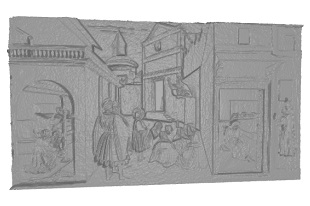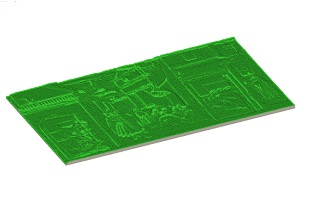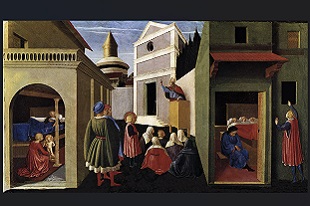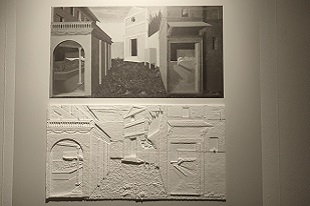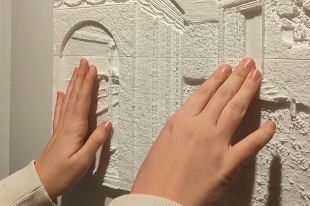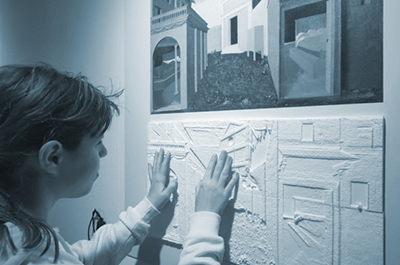
To perceive a painting in an inclusive way, exploiting the potential that research and technology makes available today. This is the novelty to which the Madonna del Rosario Cultural Association, promoter of the event together with the Municipality of Lecco, and the Politecnico di Milano – Lecco Campus, have worked in the last months, through the Virtual Prototyping and Augmented Reality Laboratory of the Department of Mechanical Engineering.
To make this innovation possible are bas-reliefs that reproduce some details of the exhibited works and that are placed near the works themselves. "These tactile strips were made in the Politecnico di Milano Laboratory – explains Mario Covarrubias, professor of the Department of Mechanical Engineering – using two technologies: a CNC milling device and a powder 3D printer. The group that designed the exhibition itinerary of the exhibition has selected some iconographic and stylistic aspects of the works of Beato Angelico, privileging, for example, the perspective construction of space, some episodes from the life of St. Nicholas, light effects in the rendering of forms. The images thus processed were inserted into an algorithm that allowed to generate a 3D model whose data was then transmitted to the CNC cutter device and/or powder 3D printer that made the tablets."
In other words, the thicknesses and depressions of the bas-relief reflect the different colors: a lighter and brighter color corresponds to a more or less accentuated thickness, while a dark color corresponds to a more or less deep depression. Then, through the chiaroscuro of the work, a shape is detected and realized, which allows one of our visitors to have a multisensorial experience.
It is a very interesting novelty that opens new ways of involvement and participation in an artistic event in an inclusive way, visually impaired people can "feel" a work of art with the sense of touch. This is how the idea of an immersive experience of visiting the exhibition to which this year's project looks with particular attention is realized, also with this experimentation.
Once again, the dissemination of the contents of the works is entrusted to the guided tour by high school students of the territory, prepared through a special training course. This year over 200 students are involved, coming from 9 schools in Lecco and its province. The exhibition at the museum, Palazzo delle Paure was open to the public from December 3rd to March 4th exceeding 8500 visitors.
The tactile tablets were prepared by the students of the ASPOC association with which the Politecnico di Milano has signed a Quadro Program. 10 young people with different abilities (19-24 years, with Down Syndrome, Autism, mental retardation) supported by our Polimi students as tutors learned to use 3D printers and CNC milling machine.
Polimi students are included in the Leadership Program and this year 10 Polimi students have enrolled who, at a volunteer level, accompany and support ASPOC students. Our Polimi students enrolled in various master's degrees: Mechanics, Civil Engineering, Architecture, Risk Mitigation and also students of the IPI bachelor degree.

